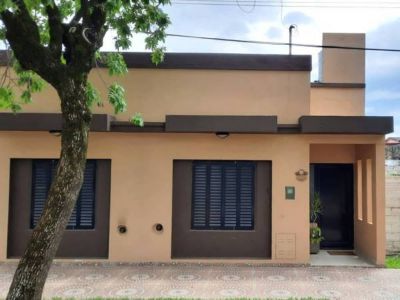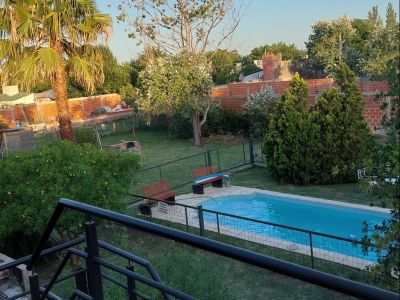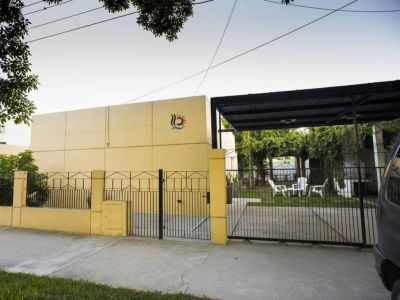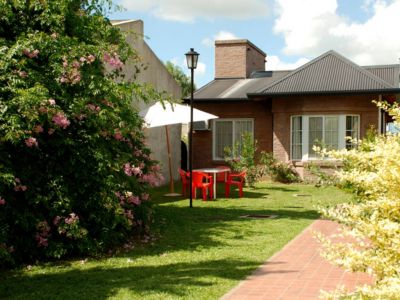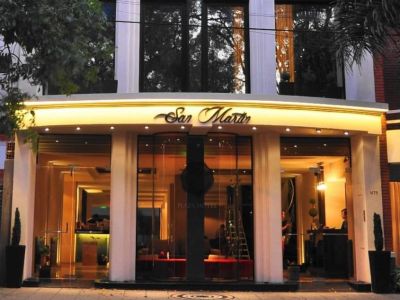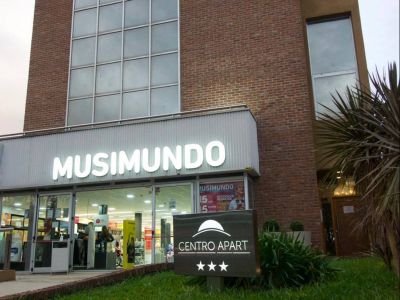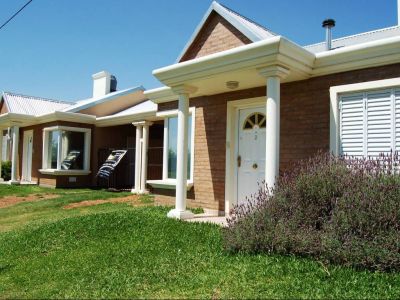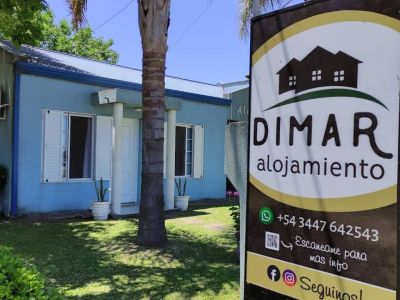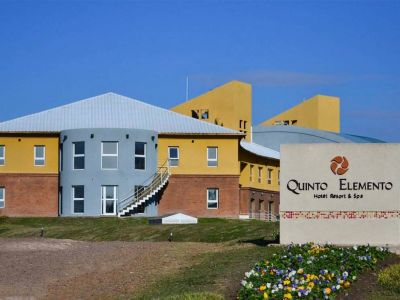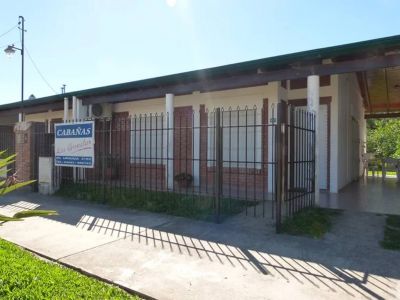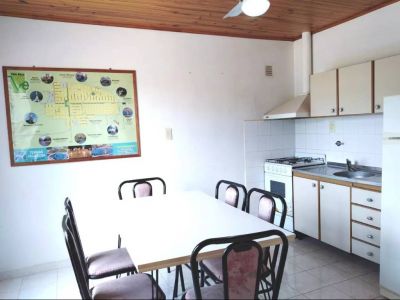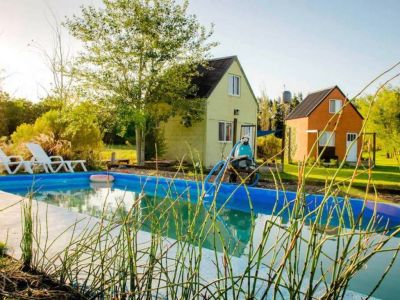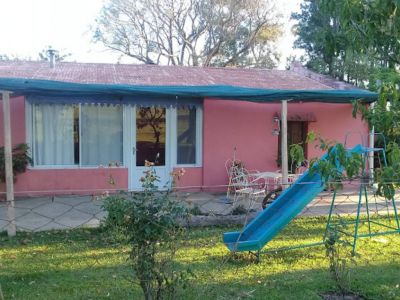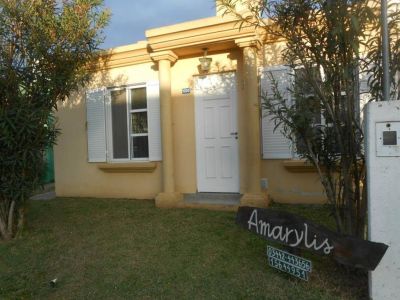A Tour around Villa Elisa
Squares and ample avenues teeming with thick vegetation give evidence of the humidity coming from nearby creeks and rivers and offer fresh air to the urban itinerary.
The City of Villa Elisa may be seen in a short while, either by car or on a relaxed walk that may let visitors admire its old buildings co-existing with recent ones from a close distance. When it was laid out, the orientation of its houses and public buildings was carefully chosen so as to make the most of the sunlight during the day. Several parks offer a neat sample of trees, plants and flowers that fill the air with oxygen and give off delicious smell. In the very center of the city, on the intersection of Urquiza and Mitre Avenues, we found its main squares, where city life flows. Besides admiring the amplitude of this traditional pedestrian attraction, we stopped at Young Virgin Mary’s Church. Featuring Neo-Gothic style, it stands out among the other constructions. Once inside, we contemplated the magnificent paintings on the columns of the main aisle and the altar.
As we moved on, we noticed the mixture of old grand houses from the early days of the city and very modern residences with glass façades, all of them quite low. We stopped in front of a considerably tall statue known as El Sembrador (The Sower), standing on a square located at Urquiza Avenue. It symbolizes the essence of this working community devoted to crops. The first colonists arrived from Europe and built their future with hard work. Many of these life stories have been portrayed at El Porvenir Museum, located inside the estancia bearing the same name, on Chorroarín Boulevard. Original pieces and objects on display helped us understand the lifestyle of the first families of immigrants. We observed farming items and even cars and carriages brought from their countries of origin. The hot summer days become temperate by Perucho Verne Creek. A municipal camping site and beach called Rocha lies very near the center, just 10 kilometers away following Mitre Street and National Route 130. A natural shallow spring with sandy beaches provided with good shade represent an excellent recreational spot. A dam and a cascade provide a special kind of charm. People spend the day at this venue, which includes tables and grills. The locals consider it part of the city. It was the discovery of the hot spring waters that turned Villa Elisa into a tourist destination. The slow pace of the city was affected by the presence of visitors who started to come along in order to enjoy the relax of complejo termal, one of the most comfortable and amusing in the area. The main arteries in the city feature inns, cabins and hotels for all tastes. Likewise, there are restaurants and bars where we had the chance to order some delicious specialties. Regional cuisine is rich in flavors and, in some cases, recipes coming from European ancestors. Not only good meat but also fish caught in the Uruguay River, as well as cured meat products and cheese made in neighboring estancias stand out in the countryside sector. As far as sweet snacks are concerned, we tasted the traditional alfajor, yatay liquor, pastelitos fritos and other handmade dishes representative of the province. Everything in Villa Elisa inspires visitors to let themselves be carried away by sights, feelings and the incredible surroundings.
Mónica Pons
Pablo Etchevers



















